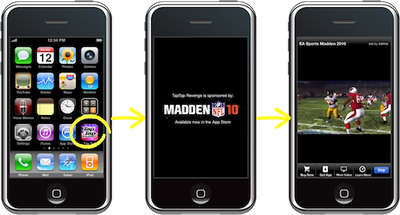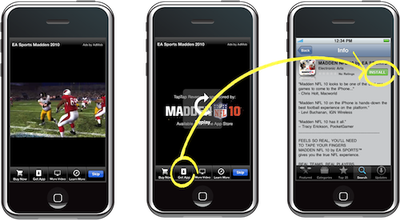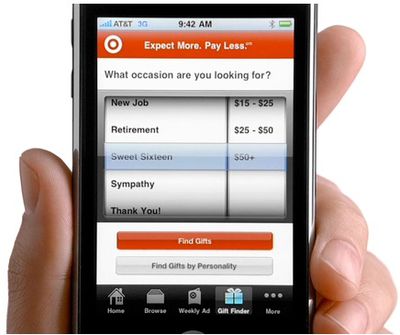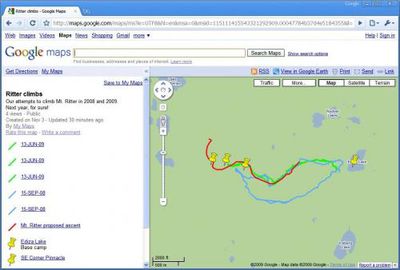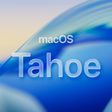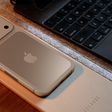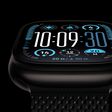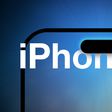TechCrunch reports that Google is preparing to launch its own Android-based phone in the very near future, likely bringing yet another device designed to compete head-to-head with Apple's iPhone.
Most of our sources have unconfirmed information, which we describe below. But there are a few things we have absolutely confirmed: Google is building their own branded phone that they'll sell directly and through retailers. They were long planning to have the phone be available by the holidays, but it has now slipped to early 2010. The phone will be produced by a major phone manufacturer but will only have Google branding (Microsoft did the same thing with their first Zunes, which were built by Toshiba).
While Google reportedly played a major role in the design of the Motorola Droid that has gained significant publicity over the past month, the company's own phone would obviously provide it with even greater control over the final product.
There won't be any negotiation or compromise over the phone's design of features - Google is dictating every last piece of it. No splintering of the Android OS that makes some applications unusable. Like the iPhone for Apple, this phone will be Google's pure vision of what a phone should be.
Other information about the new device remains unknown, although TechCrunch is betting based on what it has been able to piece together that the device will be manufactured by a Korean partner, most likely LG.
Rumors of a Google phone have been circulating since at least early 2007, but in response to a question raised about whether a "Gphone" was in the works at the launch of the Android platform later that year, Google CEO Eric Schmidt offered only that if there were to be one, it would run Android.
Update: In a follow-up article, TechCrunch notes that it has now heard that the Google phone may lack traditional voice services, instead using only data services paired with VoIP for calling purposes.
Users could still make calls just like a normal phone, of course. The calls would just be over the data service instead. In fact, this is the exact vision Google proposed back in 2007 when they were bidding on the FCC auctions for the 700MHz spectrum.
Google can even issue phone numbers to users via Google Voice. In fact, I've already ported my mobile number to Google Voice, and Google has plans to roll out that feature more broadly. Google Voice can also handle the VoIP function for the phone.
The report notes that AT&T has been rumored to be the primary candidate bidding for the service, and may be willing to offer $20/month standalone data plans to Google phone users under certain conditions.


